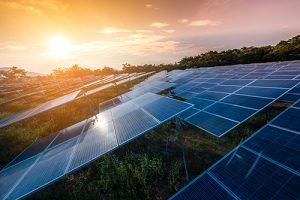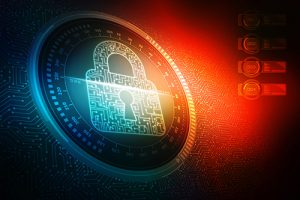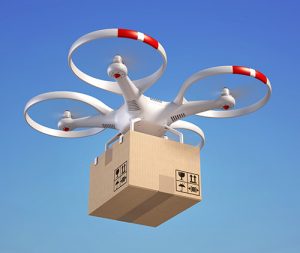 Summer has finally come to my house and the return of the sun is welcome and energizing. It has been a very long winter. With the return of the sun, I have been thinking about solar technology and the expansion of solar energy installations. My wife and I were traveling recently and we saw several new solar farms—the largest was outside of Lamesa, Texas. From a distance it looked like a lake but I knew being in west Texas that it had to be a mirage. The sheer scale of this operation surprised me and I learned upon further research it is by no means the largest facility of its kind.
Summer has finally come to my house and the return of the sun is welcome and energizing. It has been a very long winter. With the return of the sun, I have been thinking about solar technology and the expansion of solar energy installations. My wife and I were traveling recently and we saw several new solar farms—the largest was outside of Lamesa, Texas. From a distance it looked like a lake but I knew being in west Texas that it had to be a mirage. The sheer scale of this operation surprised me and I learned upon further research it is by no means the largest facility of its kind.
Solar energy is not very efficient here in western Oregon due to our abundance of cloudy days, but it is becoming popular in the southern United States and other sunny parts of the world. In Texas, solar farms are augmenting or replacing oil pumpjacks as we move to a more sustainable energy model. The efficiency of solar is also aided by emerging technologies.
Perovskites
Traditional photovoltaic (PV) cells are made of a silicon semiconductor, similar to the material used for computer chips. This material is hard and rigid and lends itself to rooftop arrays and large ground-mounted solar farms like those I saw. This rigidity is also a drawback because it cannot easily be molded into surfaces such as automobile roofs or even clothing. A new class of materials called perovskites may prove to be just as efficient as silicon but flexible and cheaper to produce. Perovskites are synthetic versions of the naturally occurring mineral perovskite. Traditional silicon cells are produced by heating silicon dioxide, or beach sand, up to 2000 degrees Celsius. In other words, a traditional solar cell requires massive amounts of energy to produce something that will transform sunlight into energy. Perovskites, at least in the initial research, are much cheaper to produce and are approaching efficiencies similar to silicon.
Tracking Solar
While there are advances in solar-collecting materials there are also developments in the tracking systems under the cells. A fixed panel can only efficiently capture solar energy during the peak time of the day. Otherwise, the sun is at an angle to the cell, which reduces the energy collection. Solar panels used in large installations employ solar trackers, which allow the panels to follow the sun as it arcs across the sky, much like a field of Kansas sunflowers. This increases the amount of solar energy converted throughout a typical day and the efficiency of the installation. Manufacturers continue to improve and introduce new solar trackers to make solar energy an attractive alternative to fossil fuels.
Thoughts
Solar power is one component in a more sustainable energy portfolio. Solar and wind and advances in wave energy will hopefully offset the need for traditional power sources such as coal. The key to these new energy sources is technology which will make them cleaner and more efficient. Let me know your thoughts.
Kelly Brown is an IT professional and assistant professor of practice for the UO Applied Information Management Master’s Degree Program. He writes about IT and business topics that keep him up at night.





